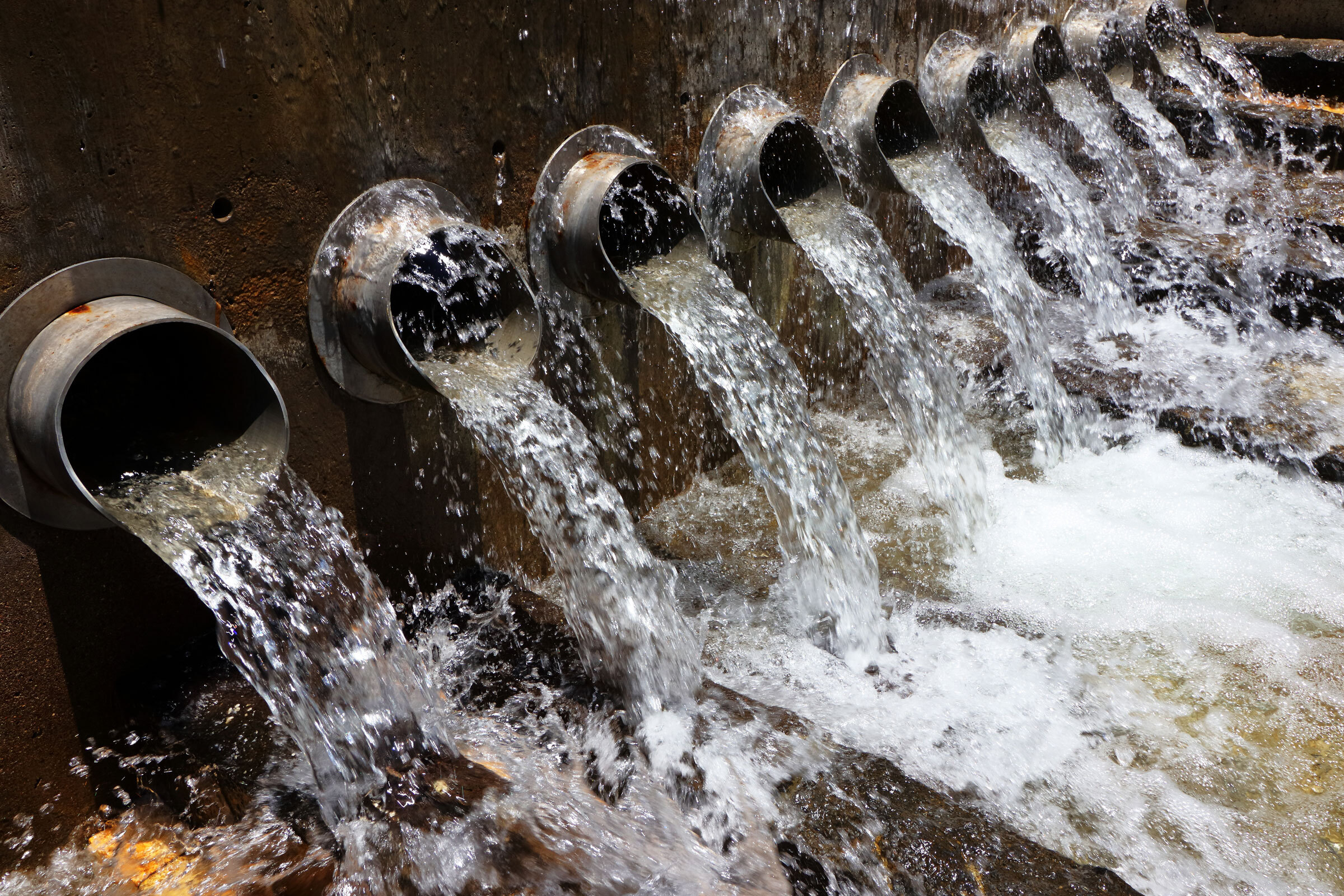Microbes enable sustainable alternative to traditional wastewater treatment
MICROrganic Technologies wants to revolutionize wastewater treatment.
Based in Troy, New York, the company recently crossed a major milestone when it demonstrated a commercial prototype of VIVA™, a unique “electrogenic” fuel-cell technology for treating wastewater. The pilot, which was installed at an international brewer’s production facility, was successful, proving that the module can provide highly energy-efficient secondary wastewater treatment, energy recovery, and process advancement.
The results of the test bring VIVA™ much closer to full commercialization, which was MICROrganic’s goal when it contacted the Center for Excellence in Advanced and Sustainable Manufacturing (COE-ASM) in 2020 for mechanical and electrical engineering expertise. COE-ASM is managed by the Golisano Institute for Sustainability (GIS) at Rochester Institute of Technology (RIT). It is funded by New York’s Empire State Development.
Microbes to treat wastewater
Traditional wastewater treatment systems are inherently energy intensive and contribute heavily to the electrical grid demand. The pressure to find a more sustainable solution for treating wastewater has driven companies like MICROrganic to find alternative methods that levy a reduced impact on the environment.
VIVA™ is designed to do this through a system that leverages electrogenic bacteria, a type of micro-organism that can produce an electric charge under certain conditions. MICROrganic’s approach to treating wastewater uses 50–80 percent less energy than traditional methods. It also lowers nitrogen concentration by 35–40 percent with no additional energy use. The module is designed to sync with smart-technology monitoring systems, providing continuous, on-demand performance data as it works.
From concept to demonstration
“Developing a brand new technology is always a difficult process,” observed Brandon Baker, one of the senior staff engineers on the COE-ASM team that worked with MICROrganic. “But this is especially true for small companies and startups bringing clean-tech alternatives to established industries, like wastewater treatment.”
Before MICROrganic could demonstrate VIVA™, scientists at the company had to see if the basic concept behind it would actually work in the real world. Several pilot tests were conducted—as many as 10,000 gallons of wastewater a day were treated—to prove the technology’s benefits. Following these trials, MICROrganic revisited the original design to consider what changes would be needed to create a unit that would be suitable for further demonstration.
The company learned that their next module had to be more portable, reliable, and serviceable, as well as easier to assemble than the original prototype. Making these design changes presented a complex array of competing challenges, so MICROrganic reached out to COE-ASM for assistance.
Working closely with MICROrganic, Baker and his team conducted a design analysis of the prototype. The study helped uncover the module’s various performance requirements, and to then prioritize those in light of mechanical and electrical engineering constraints.
Over the course of the project, multiple mechanical concepts were developed, proposed, and down-selected. The final selected concept was then fleshed out in fully-detailed computer-aided design (CAD) models for constructing the product. A documentation package was created that included drawings, schematics, and materials for producing the VIVA™ module. This included product specifications that were organized into a system-requirements document that could be easily referenced by MICROrganic during future product development.
Nearing commercialization
“As an early stage company, the insights and services provided by COE-ASM were extremely valuable,” said Carol Maxwell, MICROrganic’s CEO and director. “The working relationship was very strong; the team understood our needs and the collaboration, consistent discussions, and feedback produced a strong design for our hardware and software development.”
MICROrganic used the design-analysis documents COE-ASM provided to build the VIVA™ module that was installed at the industrial-scale brewery. Over several months, the demonstration unit has gathered performance data as it treats the brewer’s discharge wastewater. Results so far have shown that the system performs well, which has helped attract two new customers to MICROrganic as well as generate growing interest in its technology.
The company is currently developing plans for scaling up its operations as it prepares to fully commercialize VIVA™.

